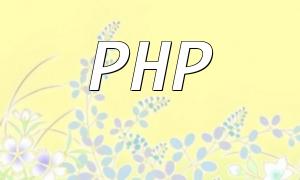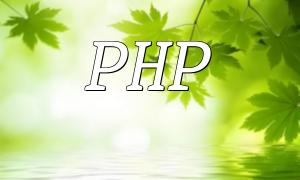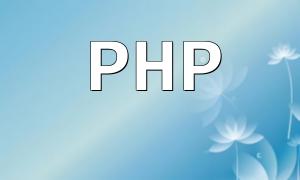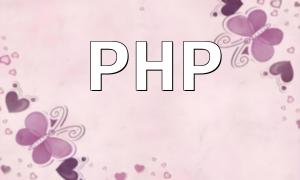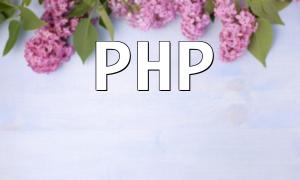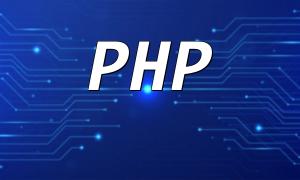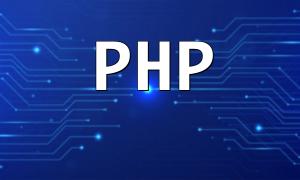Introduction
With the continuous growth of the internet, PHP has become a mainstream language for web development, playing an important role in various websites and applications. An excellent PHP developer not only masters the language fundamentals but also follows coding standards to improve code quality and maintainability. This article dives into PHP coding standards, accompanied by examples to help readers gradually enhance their programming skills.
1. Naming Conventions
Naming conventions for variables, functions, classes, and constants are key to ensuring code readability. Common rules include:
- Variables and functions use camelCase naming, e.g., $myVariable, getUserName().
- Classes and interfaces use PascalCase naming, e.g., ClassName, MyInterface.
- Constants are uppercase with underscores, e.g., MAX_LENGTH, DB_HOST.
2. Indentation and Line Breaks
Good indentation and line breaks significantly improve code readability. Recommended practices:
- Wrap logic blocks with curly braces; open brace on its own line; close brace followed by a line break.
- Use 4 spaces for each level of indentation.
Example:
if ($condition) {
// Execute actions
$variable = 1;
} else {
// Execute other actions
$variable = 2;
}
3. Commenting Standards
Comments help explain code logic and intent. Common standards include:
- Single-line comments with double slashes //, e.g., // This is a single-line comment.
- Multi-line comments wrapped with /* ... */ for detailed explanations.
- Function comments use PHPDoc style, documenting parameters and return values, e.g.:
/**
* This is a function
* @param string $name Name parameter
* @return string Returns greeting message
*/
function sayHello($name) {
return "Hello, " . $name;
}
4. Error Handling and Exceptions
Standardized error handling improves code robustness. Suggested methods:
- Set error reporting level with error_reporting(E_ALL);.
- Use try...catch blocks to handle exceptions, example:
try {
// Execute code
} catch (Exception $e) {
echo "An error occurred: " . $e->getMessage();
}
- Define custom exception classes for flexible exception management:
class CustomException extends Exception {
// Custom exception code
}
<p>try {<br>
if ($condition) {<br>
throw new CustomException('Something went wrong.');<br>
}<br>
} catch (CustomException $e) {<br>
echo "Exception message: " . $e->getMessage();<br>
}<br>
5. Security Practices
Ensuring code security is critical in PHP development. Key practices include:
- Prevent SQL injection by using prepared statements or parameter binding, for example:
$stmt = $pdo->prepare("SELECT * FROM users WHERE username = ?");
$stmt->execute([$username]);
$results = $stmt->fetchAll();
- Strictly validate and sanitize user inputs to prevent attacks, for instance:
$username = filter_input(INPUT_POST, 'username', FILTER_SANITIZE_STRING);
6. Other Standards
Additional recommendations:
- Format code properly using appropriate spaces and line breaks for clarity.
- Name files clearly, following project conventions.
- Promote code reuse by avoiding duplication, utilizing functions and classes effectively.
- Add file header comments at the top of each PHP file including author, date, and description.
Conclusion
This article provides a comprehensive overview of PHP coding standards. Following good practices not only improves code quality but also facilitates team collaboration and future maintenance. Developers are encouraged to apply these standards flexibly based on project needs to continuously enhance PHP development skills.



